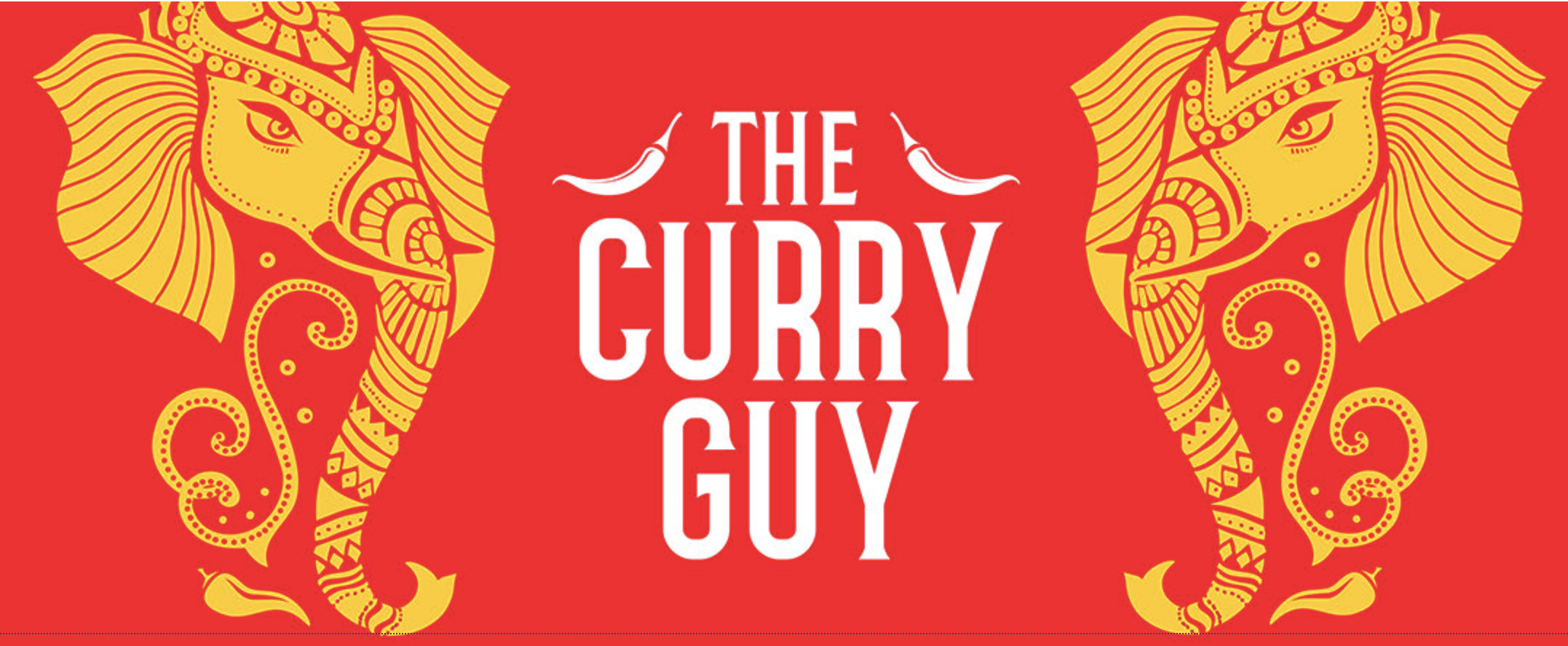Unlike dry spices, most of these ingredients have a limited shelf life. You still want to ensure you have them in stock for that last minute Friday night curry. Here I have listed the essential ingredients that I always have on hand including the most important curry herbs.
Coriander Leaves (Hara Dhania)
Where I grew up in California, coriander was given the Spanish name of cilantro. That is except for when I visited China Town markets in San Francisco. The Chinese call it Chinese Parsley.
Whatever you happen to call this strong flavoured leaf, it is an essential part of Indian cooking. If you happen to live in an area where coriander plants are hard to come by, you could try growing your own. I have several plants in my kitchen window.
Coriander leaves also freeze well. I learned this when I read Vicky Bhogal’s fabulous book ‘Cooking Like Mummyji.’ I can highly recommend this book by the way.
To freeze coriander, take your leaves and put them in a food processor or pestle and mortar. Add just a little wanter and grind to a think paste. Pour the past into ice cube trays and use the frozen cube in cooking as and when needed.
Coriander is also used a lot as a garnish.
Curry Leaves
These small almond shaped green leaves have a very distinctive and unique flavour. They are most often used in tempering. They can be purchased fresh or dried. The fresh leaves tend to wilt and dry up quite quickly. I recommend using fresh leaves if you can get them and then freezing those you don’t use. These are some of the curry herbs that freeze very well.
Dried curry leave are a bit of a let down in my opinion.
Garlic (Lassan)
I’m sure you don’t need me to explain to you what garlic is. Garlic is an essential ingredient in Indian cooing. Look for bulbs that are rock hard. If you find garlic that is soft, there is a good chance it will be off.
Garlic stores well in a cool dry place – uncovered.
Ginger
Ginger root is one of the main three seasonings in Indian Food cooking. The others are garlic and onions so make sure you have them on hand. Powdered ginger can be substituted if necessary. One tablespoon of fresh grated ginger equals one teaspoon of powdered ginger. Fresh is always best.
My mother taught me to peel ginger. Use a spoon to scrape off the outer skin. This works mug better than potato peelers and there is a lot less waste than using a knife.
You may not realise that the outer brown skin is editable and tastes just fine. You do not need to peel ginger at all. It is done for cosmetic reasons.
Green Chilli Peppers
I always recommend using cation when using green chillies. Personally, I love hot curries and can eat fresh chillies whole. Your guests, on the other hand, may not be able to stomach hot spices. Remember, you can always add more heat but once the heat is in the curry, it will stay there.
The smaller the green chilli, the hotter it is. If you are cooking for a group whose heat preferences you do not know, stay away from the very small peppers. You may also want to slit the green peppers you do use down the middle and remove the seeds which are the hottest part of the pepper.
Mint Leaves
Mint leaves grow wild in my back garden. I am always harvesting them for this or that curry. Word of warning, if you plant mint, it really takes over like a weed.
That said, mint is asked for in many curries, spice mixes, relishes and pickles so it is good to have on hand.
Onions
Onions of all varieties are need to make Indian food. Onions store really well uncovered in a dry airy place. Keep a good supply in stock.
I hope this list of curry herbs is of use to you. Be sure to let me know if I have left something out that you feel should not have been. Your comments are always very welcome!

barbara
Tuesday 16th of January 2018
i am wanting to start cooking more than just tikka but want to try and make it as authentic as possible